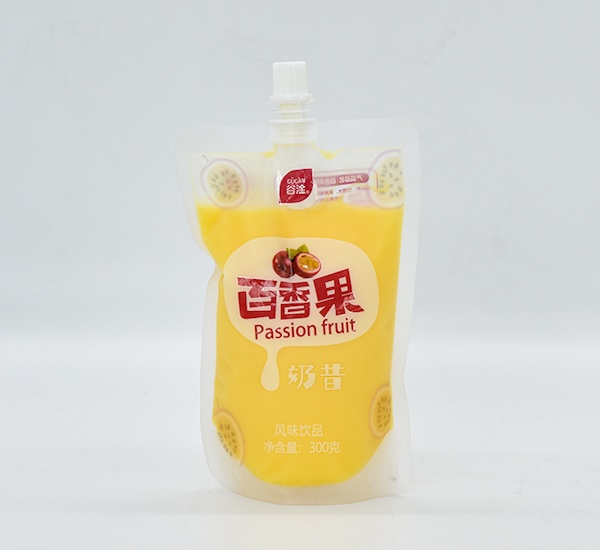In today’s fast-evolving packaging industry, the demand for efficient and customizable liquid packaging solutions has skyrocketed. Businesses dealing with beverages, chemicals, pharmaceuticals, and more seek advanced methods to package their liquids securely, maintain product integrity, and ensure shelf appeal. But how many types of liquid packaging solutions are available, and which one suits your business needs? Let’s explore the diverse options available in the liquid packaging world.
1. Bottling Systems
Bottling systems are one of the most common solutions for liquid packaging, widely used across industries. These systems handle a variety of liquids—ranging from water, soft drinks, to oils, and other viscous substances. Bottling solutions include automatic or semi-automatic filling machines, capping machines, and labelers. The key benefit of these systems is their ability to manage high-volume production with minimal human intervention, making them ideal for large-scale manufacturers.
Popular industries:
- Beverage
- Pharmaceuticals
- Personal care products
2. Bag-in-Box (BIB) Packaging
Bag-in-Box packaging offers a cost-effective and eco-friendly liquid packaging solution. This option involves filling a flexible, airtight bag inside a cardboard box, protecting liquids from light and oxygen. BIB systems work well for large quantities and offer extended shelf life due to the vacuum-sealed nature of the packaging. Industries using BIB solutions include wine, fruit juices, and cleaning supplies.
Key benefits:
- Lower transportation costs
- Reduced environmental impact
- Extended shelf-life for perishable liquids
3. Pouch Packaging
Pouches are flexible and highly customizable. Pouch packaging is especially popular for products like sauces, shampoos, or energy drinks that need resealable options. Stand-up pouches are practical for retail shelves, taking up less space and offering easy branding opportunities. This lightweight option minimizes waste and reduces shipping costs, appealing to both companies and eco-conscious consumers.
Applications:
- Food and beverage
- Health and wellness products
- Household goods

4. Aseptic Packaging
Aseptic liquid packaging ensures a sterile environment, ideal for packaging dairy products, soups, or any liquid that needs to remain fresh without preservatives. This packaging involves sterilizing the packaging material and the liquid separately before sealing them together in a contamination-free space. Common in the dairy and pharmaceutical sectors, aseptic solutions prolong shelf life without the need for refrigeration, helping brands maintain product freshness for longer periods.
Advantages:
- No refrigeration needed
- Extended product freshness
- Ideal for sensitive products like dairy and pharmaceuticals
5. Can Packaging
Can packaging remains a staple for beverages like soft drinks, beer, and energy drinks. Metal cans offer durability and protection from external factors like light, heat, and air, ensuring that carbonated or sensitive drinks maintain their taste and quality over time. Canning systems range from small-scale manual setups to fully automated production lines, giving businesses of all sizes a flexible solution.
Why it works:
- Superior durability
- Protection against contamination
- Suitable for carbonated and non-carbonated liquids
6. Carton Packaging
Carton packaging is popular for both perishable and non-perishable liquids like milk, juice, and even broths. Cartons come in different forms, such as gable tops or tetra packs, which provide a lightweight, recyclable, and highly protective barrier for liquids. They’re easy to stack and transport, making them a top choice for the food and beverage industries.
Notable features:
- Eco-friendly and recyclable
- Lightweight and easy to store
- Excellent for branding and labeling
7. Tube Packaging
For viscous liquids like gels, creams, and pastes, tube packaging is often the best solution. These can be made from plastic or metal and offer a convenient, squeezable format for consumers. Tube packaging is prevalent in industries such as personal care (toothpaste, lotions), pharmaceuticals, and certain food products like sauces.
Key uses:
- Cosmetic and personal care products
- Pharmaceuticals
- Specialty foods
Choosing the Right Liquid Packaging Solution
The best liquid packaging solution depends on several factors:
- Product type: Is the liquid viscous, sensitive, or carbonated?
- Volume: What is your production scale? High-volume systems like bottling may suit large manufacturers, while pouches or tubes may work better for smaller batches.
- Storage needs: Does the product require refrigeration or extended shelf life?
- Environmental impact: Eco-friendly solutions like Bag-in-Box or carton packaging offer more sustainable alternatives.
In short, there are at least seven widely-used liquid packaging solutions: bottling systems, Bag-in-Box, pouch packaging, aseptic packaging, can packaging, carton packaging, and tube packaging. Each serves different industry needs, from high-volume bottling for beverages to eco-friendly cartons for dairy products. Understanding your product’s specific requirements will help you select the most suitable packaging solution to enhance both production efficiency and consumer satisfaction.







